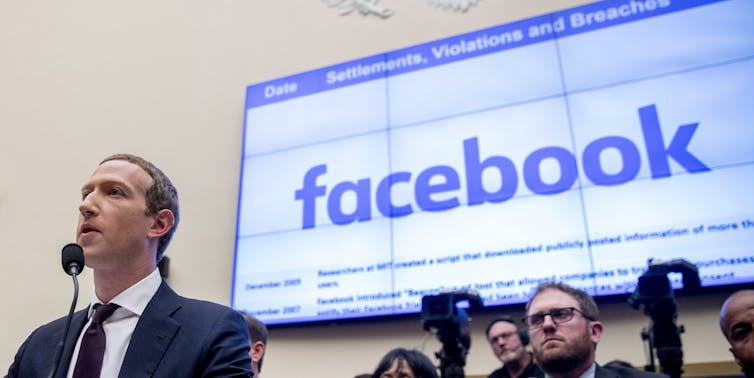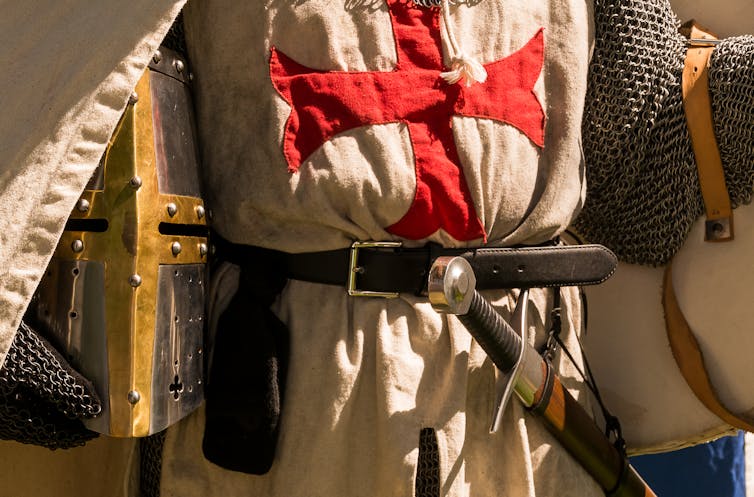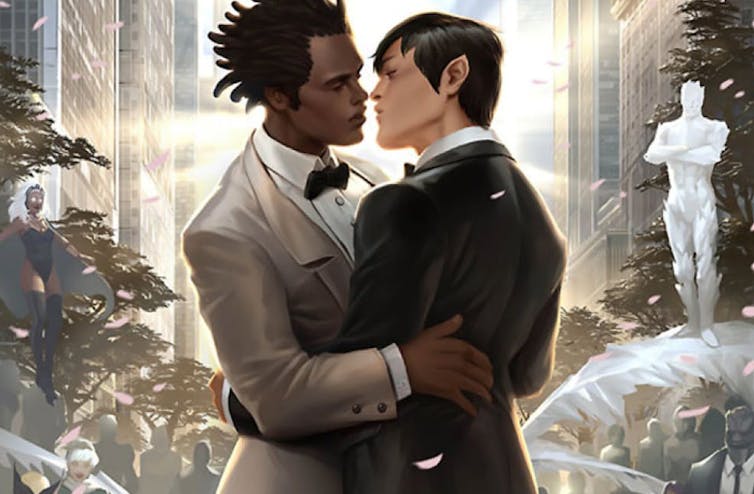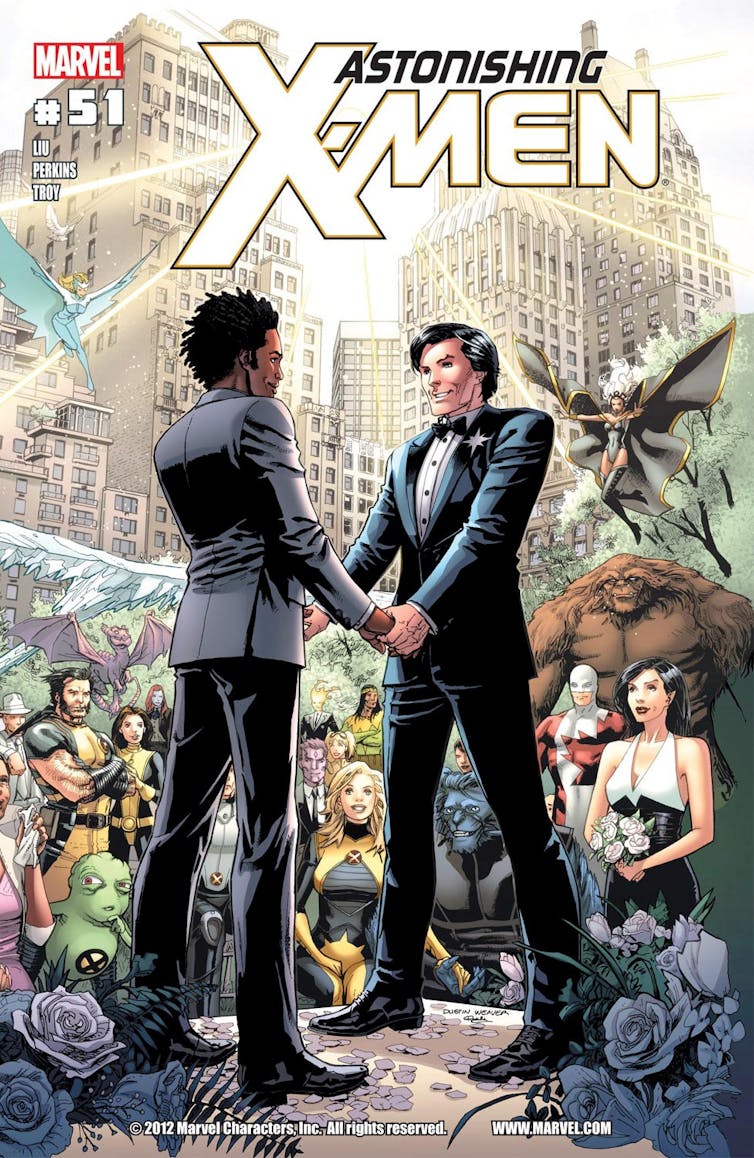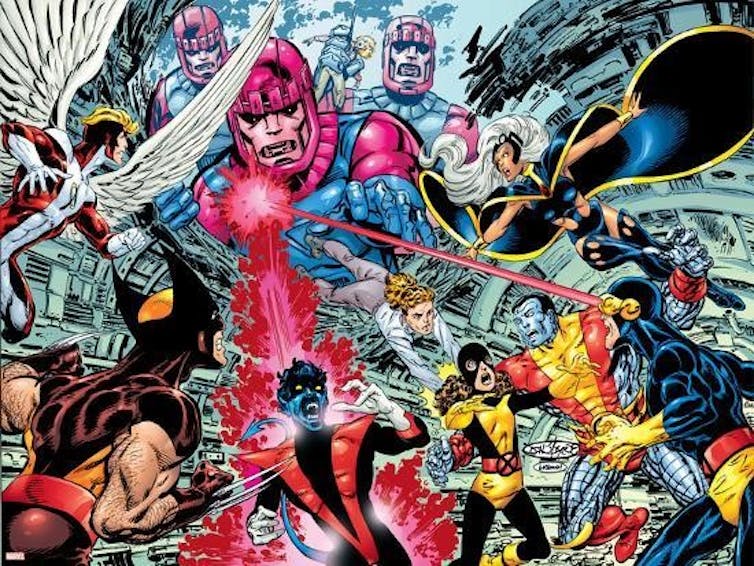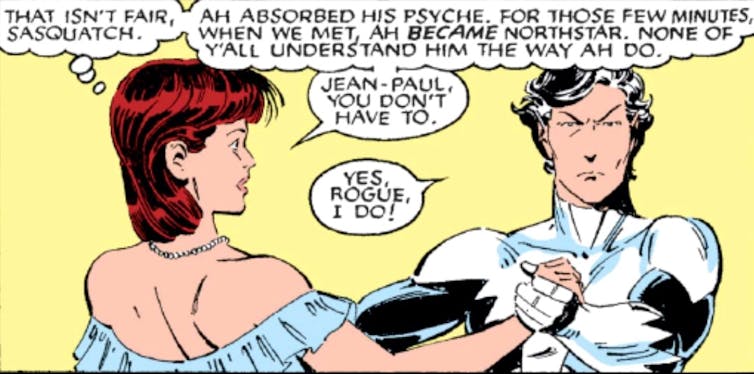 |
| Social instability - as seen in Hong Kong SAR - is one of the top-10 risks as identified by business leaders (image via World Economic Forum) |
Economic and political polarization will rise this year, as collaboration between world leaders, businesses and policy-makers is needed more than ever to stop severe threats to our climate, environment, public health and technology systems. This points to a clear need for a multistakeholder approach to mitigating risk at a time when the world cannot wait for the fog of geopolitical disorder to lift. These are the findings of the World Economic Forum's Global Risks Report 2020, published today.
The report forecasts a year of increased domestic and international divisions and economic slowdown. Geopolitical turbulence is propelling us towards an "unsettled" unilateral world of great power rivalries at a time when business and government leaders must focus urgently on working together to tackle shared risks.
Over 750 global experts and decision-makers were asked to rank their biggest concerns in terms of likelihood and impact and 78% said they expect "economic confrontations" and "domestic political polarization" to rise in 2020.
This would prove catastrophic, particularly for addressing urgent challenges like the climate crisis, biodiversity loss and record species decline. The report, produced in partnership with Marsh & McLennan and Zurich Insurance Group, points to a need for policy-makers to match targets for protecting the Earth with ones for boosting economies – and for companies to avoid the risks of potentially disastrous future losses by adjusting to science-based targets.
For the first time in the survey's 10-year outlook, the top five global risks in terms of likelihood are all environmental. The report sounds the alarm on:
- Extreme weather events with major damage to property, infrastructure and loss of human life.
- Failure of climate-change mitigation and adaptation by governments and businesses.
- Human-made environmental damage and disasters, including environmental crime, such as oil spills, and radioactive contamination.
- Major biodiversity loss and ecosystem collapse (terrestrial or marine) with irreversible consequences for the environment, resulting in severely depleted resources for humankind as well as industries.
- Major natural disasters such as earthquakes, tsunamis, volcanic eruptions, and geomagnetic storms.
It adds that unless stakeholders adapt to "today's epochal power-shift" and geopolitical turbulence – while still preparing for the future – time will run out to address some of the most pressing economic, environmental and technological challenges. This signals where action by business and policy-makers is most needed.
 |
| Burning Planet: Climate Fires and Political Flame Wars Rage (screengrab) |
"The political landscape is polarized, sea levels are rising and climate fires are burning. This is the year when world leaders must work with all sectors of society to repair and reinvigorate our systems of cooperation, not just for short-term benefit but for tackling our deep-rooted risks," said Borge Brende, President of the World Economic Forum.
The Global Risks Report is part of the Global Risks Initiative which brings stakeholders together to develop sustainable, integrated solutions to the world's most pressing challenges.
Systems-level thinking is required to confront looming geopolitical and environmental risks, and threats that may otherwise fall under the radar. This year's report focuses explicitly on impacts from rising inequality, gaps in technology governance, and health systems under pressure.
John Drzik, Chairman of Marsh & McLennan Insights, said: "There is mounting pressure on companies from investors, regulators, customers, and employees to demonstrate their resilience to rising climate volatility. Scientific advances mean that climate risks can now be modeled with greater accuracy and incorporated into risk management and business plans. High profile events, like recent wildfires in Australia and California, are adding pressure on companies to take action on climate risk at a time when they also face greater geopolitical and cyber risk challenges."
To younger generations, the state of the planet is even more alarming. The report highlights how risks are seen by those born after 1980. They ranked environmental risks higher than other respondents, in the short- and long- terms. Almost 90% of these respondents believe "extreme heat waves", "destruction of ecosystems" and "health impacted by pollution" will be aggravated in 2020; compared to 77%, 76% and 67% respectively for other generations. They also believe that the impact from environmental risks by 2030 will be more catastrophic and more likely.
 |
| Burning Planet: Climate Fires and Political Flame Wars Rage (screengrab) |
Human activity has already caused
the loss of 83% of all wild mammals and half of plants – which underpin our food and health systems. Peter Giger, Group Chief Risk Officer, Zurich Insurance Group warned of the urgent need to adapt faster to avoid the worst and irreversible impacts of climate change and to do more to protect the planet's biodiversity:
"Biologically diverse ecosystems capture vast amounts of carbon and provide massive economic benefits that are estimated at $33 trillion per year – the equivalent to the GDP of the US and China combined. It's critical that companies and policy-makers move faster to transition to a low carbon economy and more sustainable business models. We are already seeing companies destroyed by failing to align their strategies to shifts in policy and customer preferences. Transition risks are real, and everyone must play their part to mitigate them. It's not just an economic imperative, it is simply the right thing to do," he said.
-
The Global Risks Report 2020 has been developed with the invaluable support of the World Economic Forum's Global Risks Advisory Board. It also benefits from ongoing collaboration with its Strategic Partners Marsh & McLennan and Zurich Insurance Group and its academic advisers at the Oxford Martin School (University of Oxford), the National University of Singapore and the Wharton Risk Management and Decision Processes Center (University of Pennsylvania).
Annex
Respondents were asked to assess: (1) the likelihood of a global risk occurring over the course of the next 10 years, and (2) the severity of its impact at a global level if it were to occur.
These are the top 5 risks by likelihood over the next 10 years:
- Extreme weather events (e.g. floods, storms, etc.)
- Failure of climate change mitigation and adaptation
- Major natural disasters (e.g. earthquake, tsunami, volcanic eruption, geomagnetic storms)
- Major biodiversity loss and ecosystem collapse
- Human-made environmental damage and disasters
These are the top 5 risks by severity of impact over the next 10 years:
- Failure of climate change mitigation and adaptation
- Weapons of mass destruction
- Major biodiversity loss and ecosystem collapse
- Extreme weather events (e.g. floods, storms, etc.)
- Water crises
Global risks are not isolated, and so respondents were asked to assess the interconnections between pairs of global risks.
These are the top most strongly connected global risks:
- Extreme weather events + failure of climate change mitigation and adaptation
- Large-scale cyberattacks + breakdown of critical information infrastructure and networks
- High structural unemployment or underemployment + adverse consequences of technological advances
- Major biodiversity loss and ecosystem collapse + failure of climate change mitigation and adaptation
- Food crises + extreme weather events
Short-term risks: percentage of respondents who think a risk will increase in 2020:
- Economic confrontations = 78.5%
- Domestic political polarization = 78.4%
- Extreme heat waves = 77.1%
- Destruction of natural resource ecosystems = 76.2%
- Cyberattacks: infrastructure = 76.1%
The World Economic Forum, committed to improving the state of the world, is the International Organization for Public-Private Cooperation.
The Forum engages the foremost political, business and other leaders of society to shape global, regional and industry agendas















